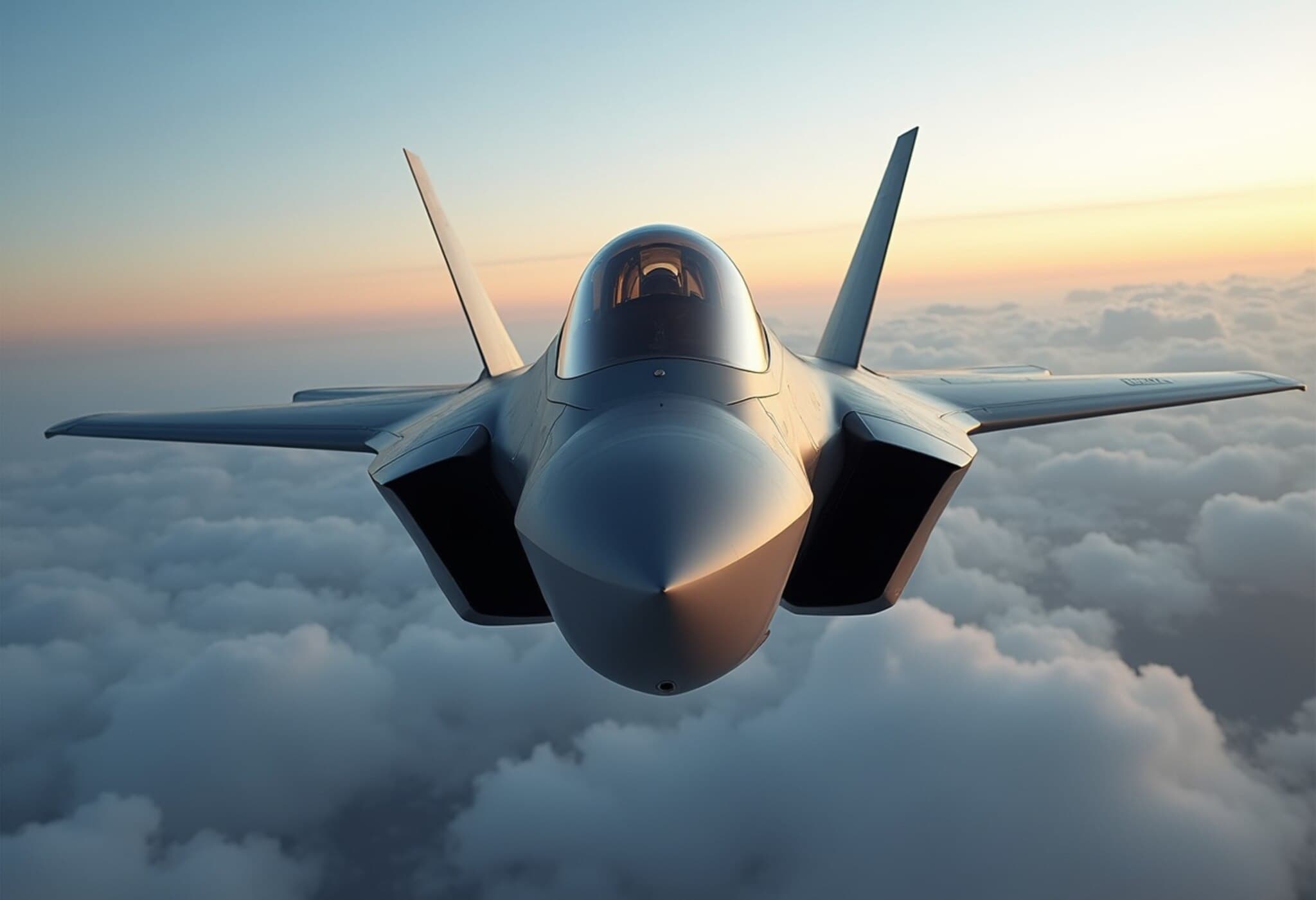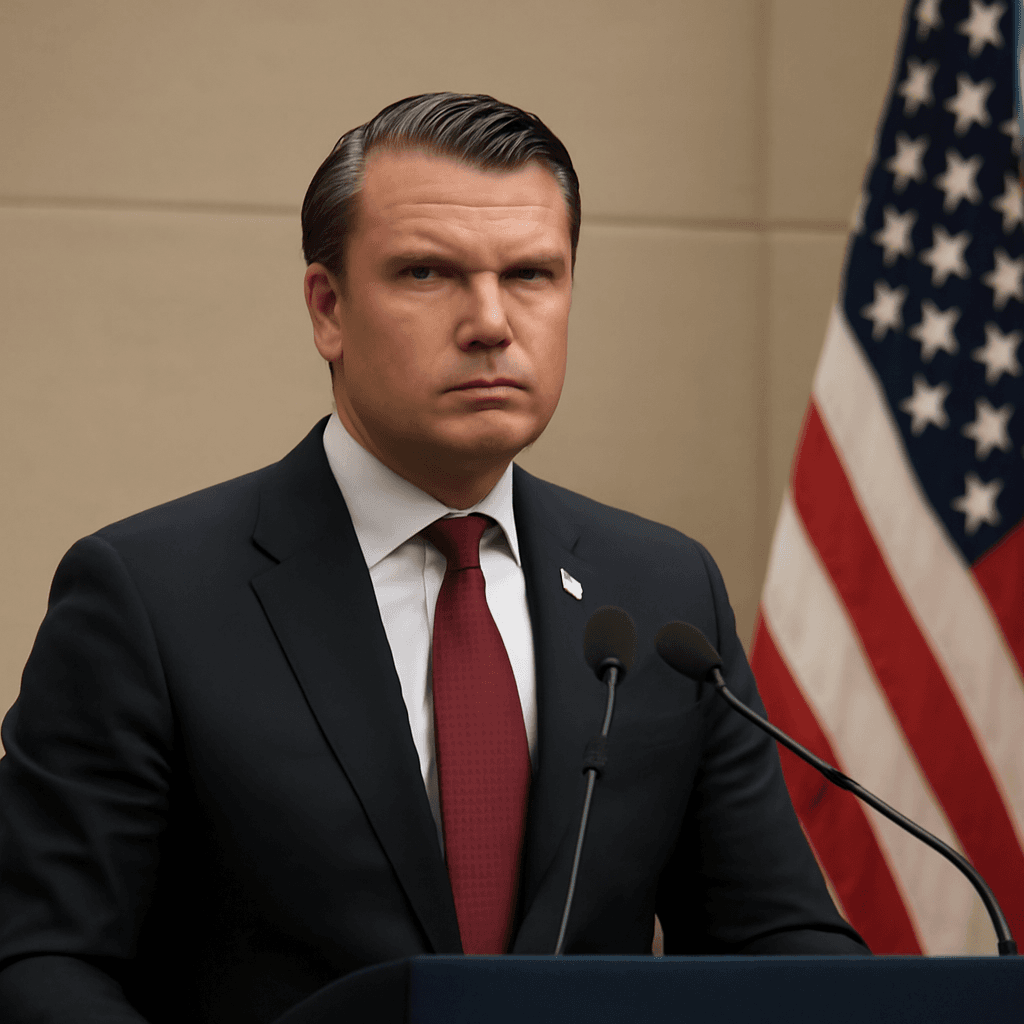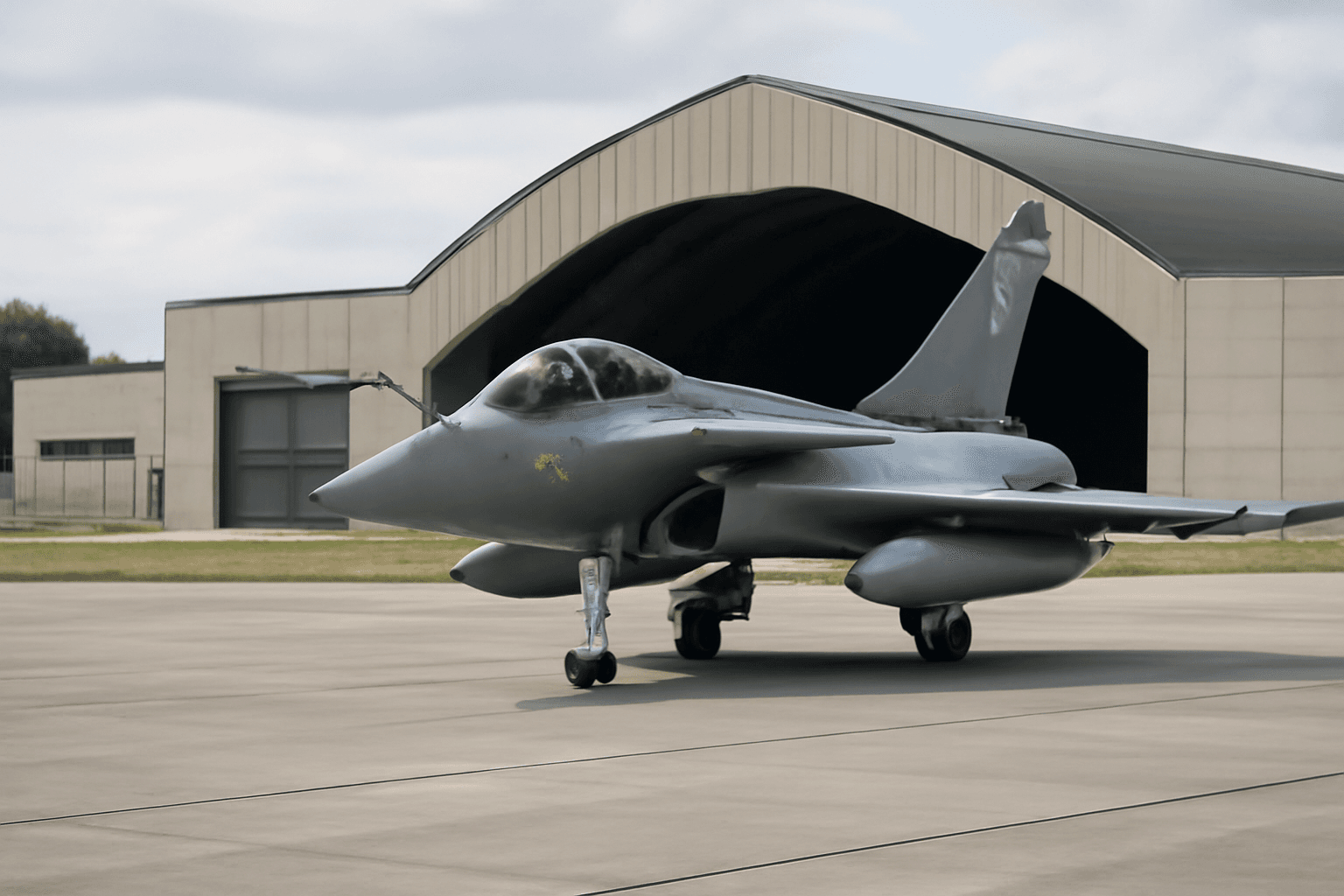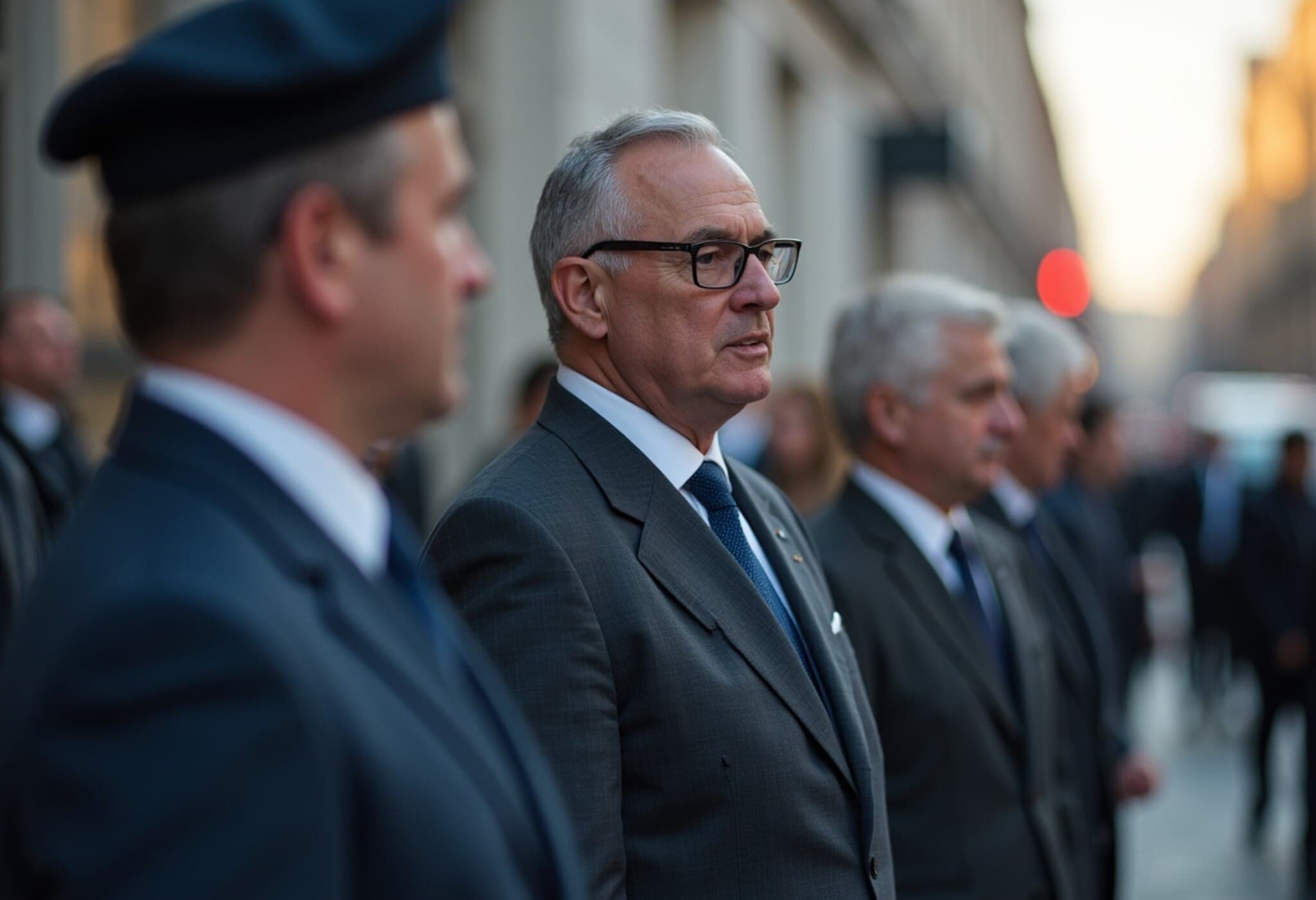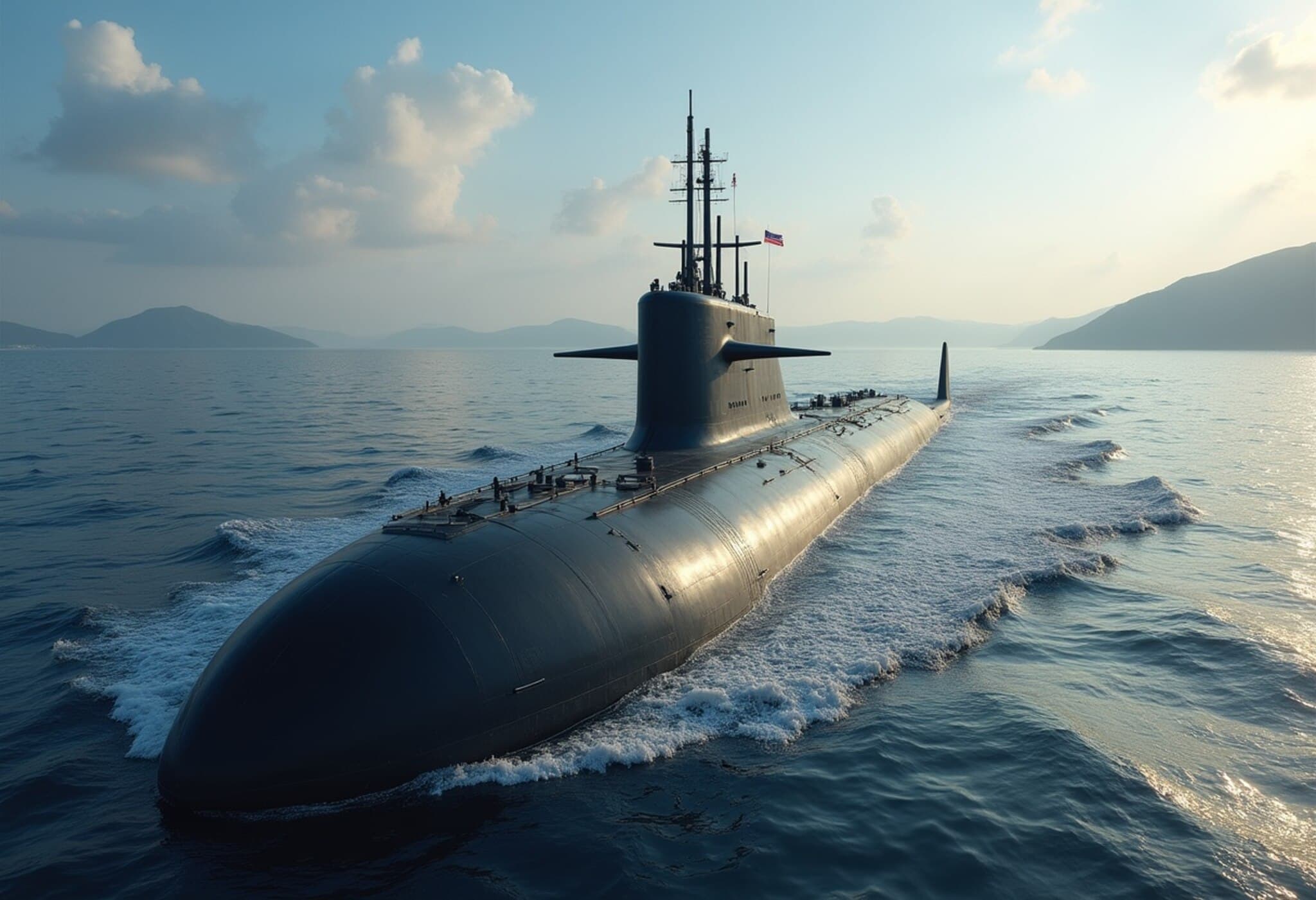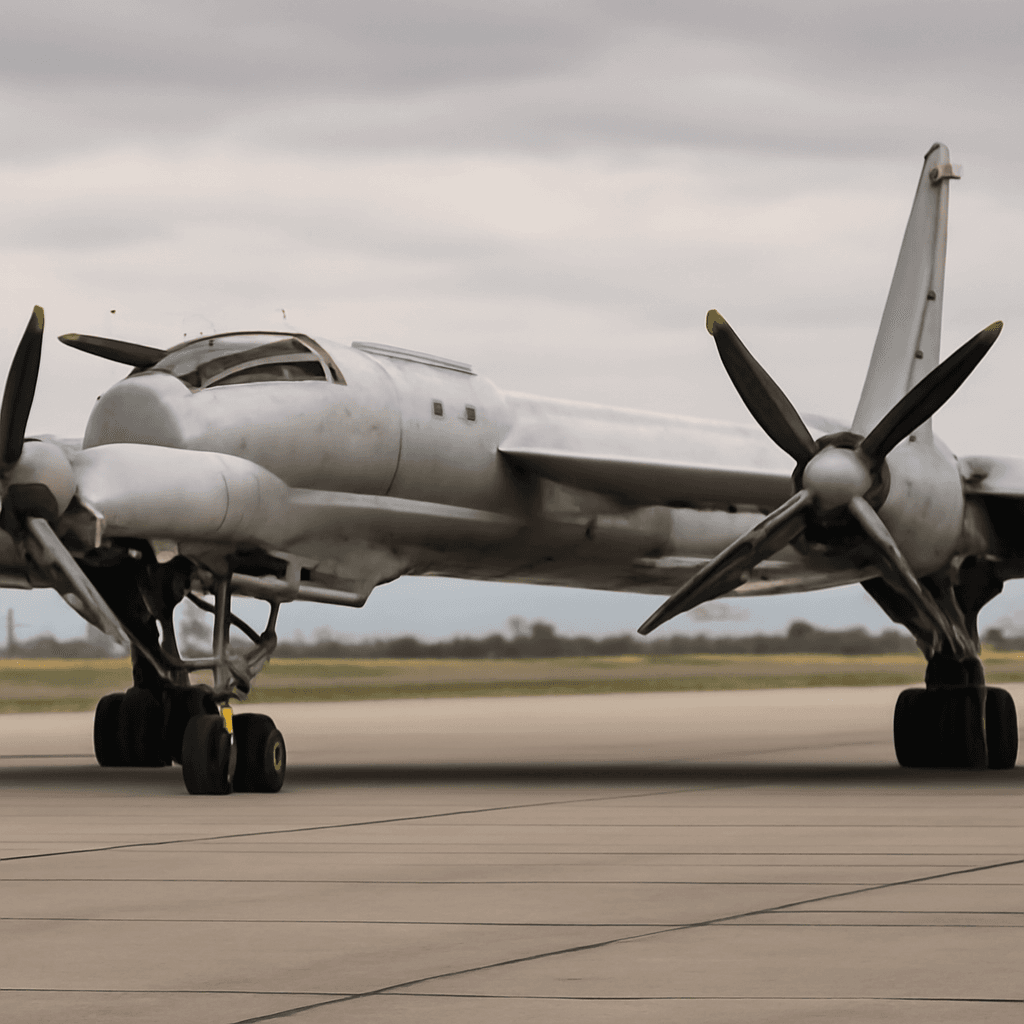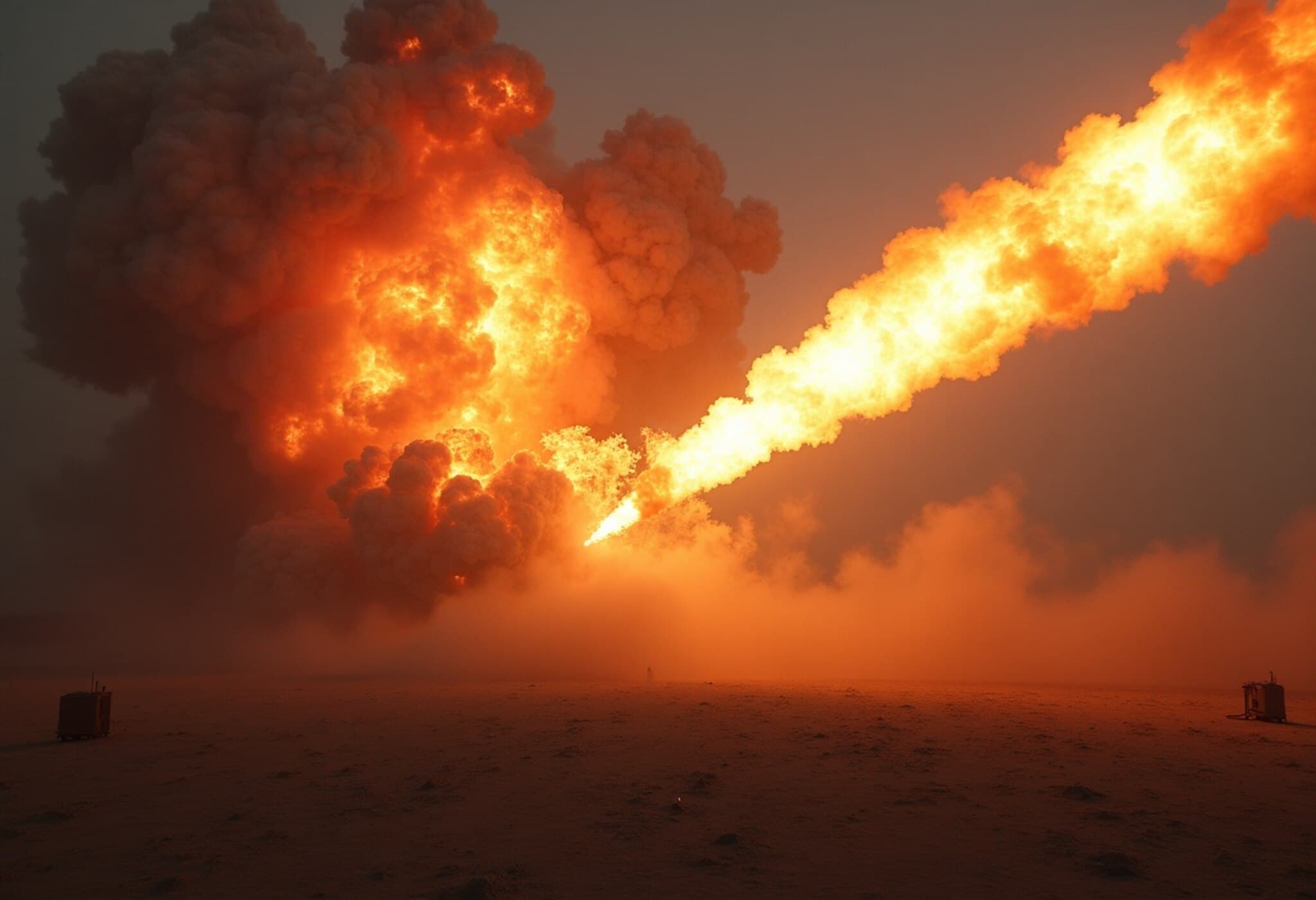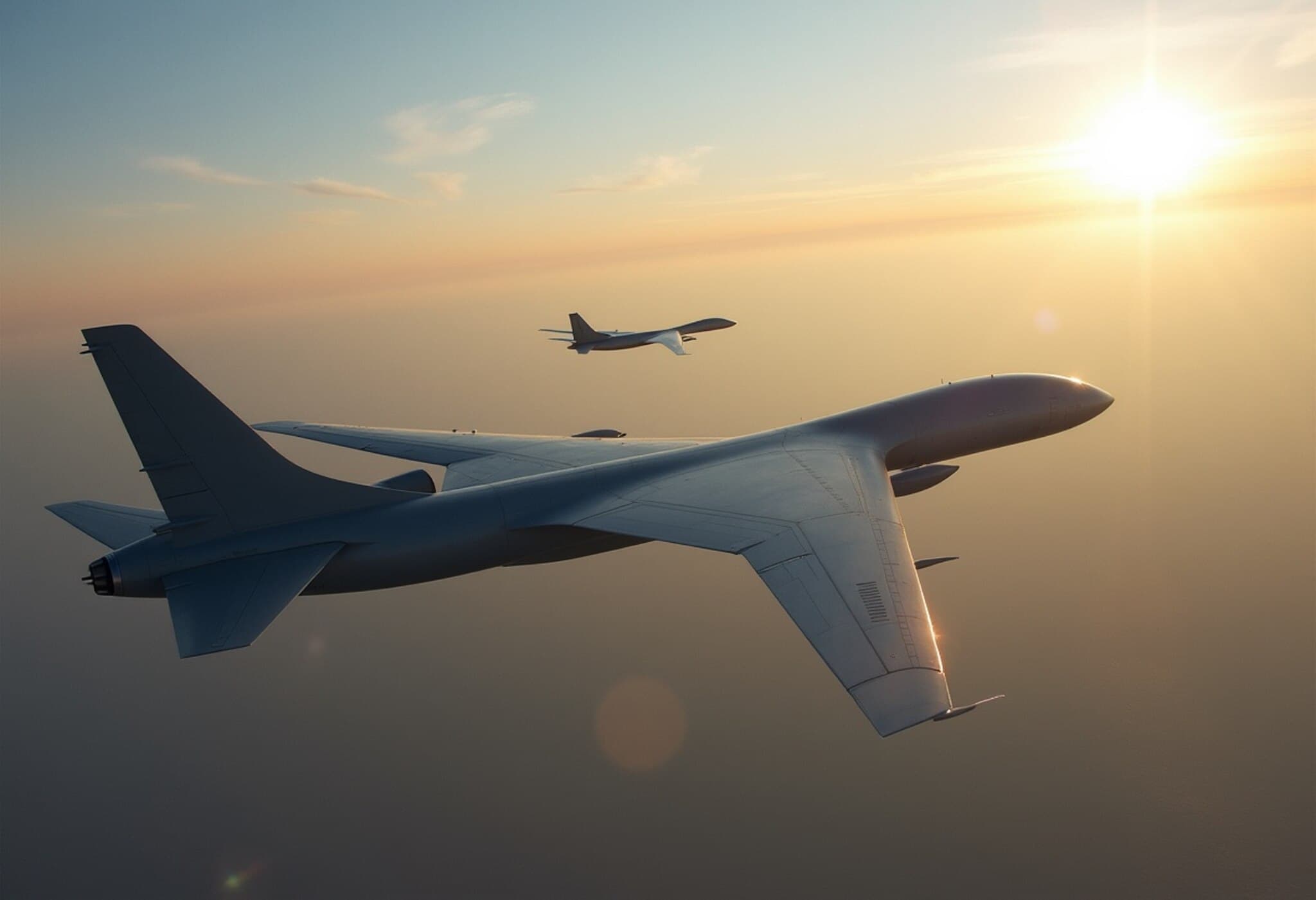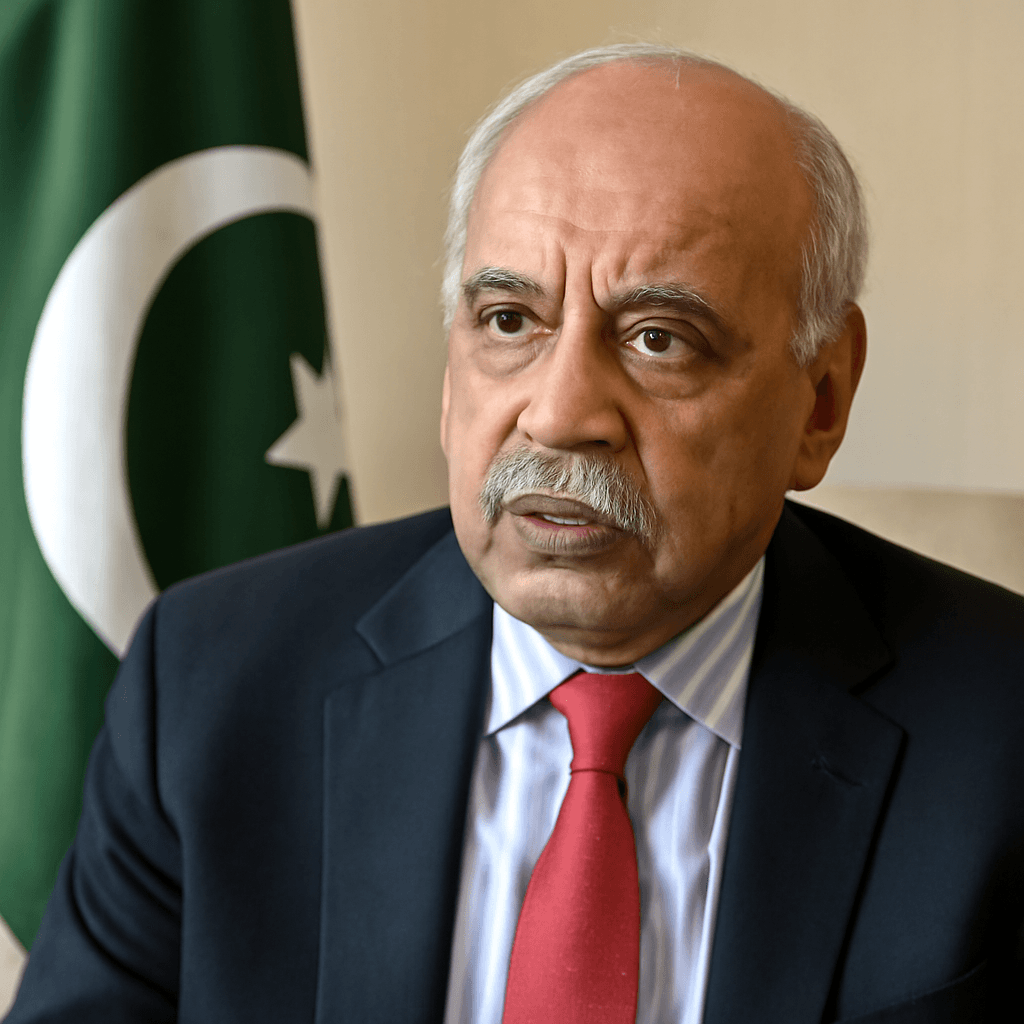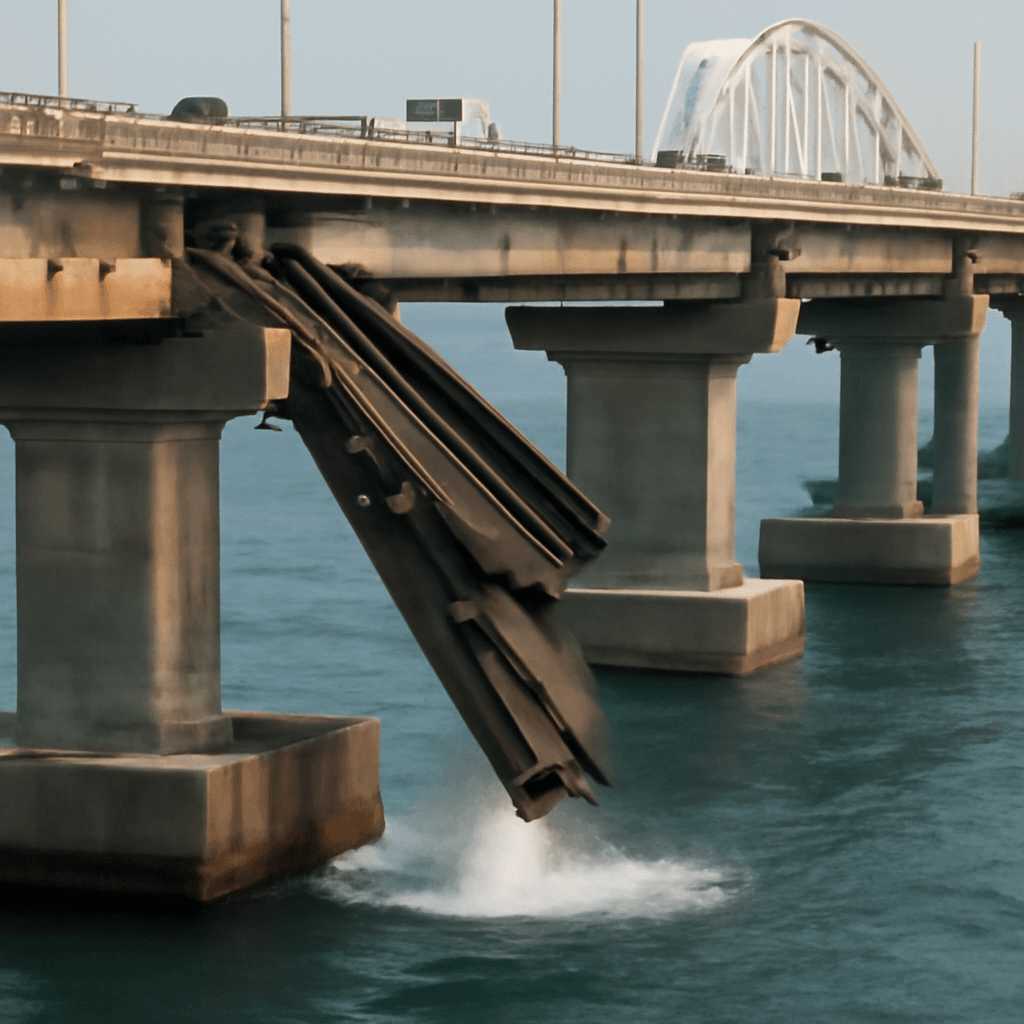UK Revamps Nuclear Strategy with F-35A Fighter Jet Acquisition
In a significant defense policy update, the United Kingdom announced plans to purchase 12 F-35A fighter jets capable of carrying nuclear weapons. This heralds a notable shift away from its long-standing reliance solely on submarine-launched nuclear deterrents.
A New Chapter for the Royal Air Force
Prime Minister Keir Starmer's office confirmed that these dual-capable aircraft will actively support NATO's nuclear mission, marking the most substantial enhancement in the UK's nuclear posture in decades. Starmer is set to unveil this plan at the upcoming NATO summit, emphasizing the jets will play a crucial role in deterring threats against the UK and its allies.
"These F-35 dual-capable aircraft will usher in a new era for our world-leading Royal Air Force," said Starmer, underscoring their strategic importance.
NATO Response and Regional Context
NATO officials have warmly welcomed the UK's move, with the alliance seeing it as a strong contribution amid evolving security challenges. Traditionally, the UK’s nuclear capabilities within NATO have been delivered exclusively by Royal Navy submarines carrying Trident missiles.
However, the geopolitical landscape has shifted post-Cold War, with tactical nuclear weapons largely removed from European arsenals as threats appeared to wane. The UK’s decision to reintegrate nuclear-capable aircraft reflects broader concerns about resurgence of tensions, notably due to Russia's assertiveness in the region.
Experts highlight that this development signals a fresh phase of European nuclear deterrence focus, reinforcing NATO's collective security architecture.
Technical Distinctions and Deployment Plans
The F-35A, manufactured by Lockheed Martin, differs from the F-35B currently operated by the UK in its capacity to carry nuclear armaments. The new fleet will be stationed at Marham Air Force Base in eastern England, meeting long-standing Royal Air Force requests for such capability.
This strategic enhancement sends a clear message of deterrence and readiness, underscoring the UK’s commitment to NATO’s defense obligations while adapting to contemporary security dynamics.

